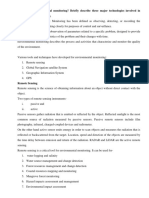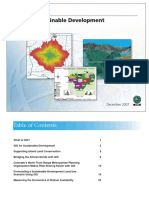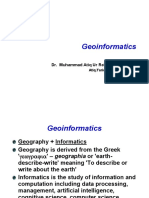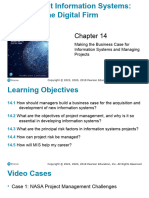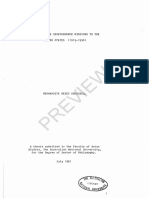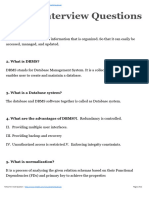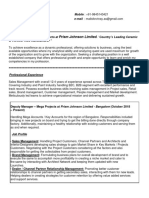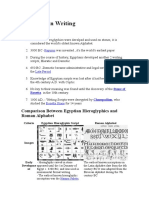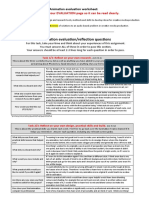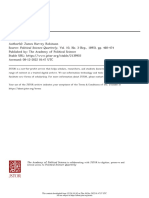ECT 3302 Geospatial Technologies
Lecture 1: Introduction to geospatial technologies
Question: Who has ever used/benefitted from geospatial technology in their day to day life?
How?
Examples:
• online mapping services like MapQuest, Google Maps, or Bing Maps (to find directions
and the best route to a destination)
• in-car navigation system (like a device from companies like Garmin) to navigate to or
from a destination?
• Global Positioning System (GPS) receiver while hiking, jogging
• online resource to find a map of your neighborhood,
• virtual globe program (like Google Earth) or an online map to look at photos or images
of your home, street, school, or workplace
Anytime you’re using any sort of technology-assisted information concerning maps, locations,
directions, imagery, or analysis, you’re putting this concept to use. Geospatial technology has
become extremely widespread in society with a multitude of uses in both the private and public
sectors.
Geospatial technology describes the use of a number of different high-tech systems and tools
that acquire, analyze, manage, store, or visualize various types of location-based data. The field
of geospatial technology encompasses several fields and techniques including:
• a Geographic Information System (GIS): Computer-based mapping, analysis, and
retrieval of location-based data.
• a Remote sensing: Acquisition of data and imagery from the use of satellites (satellite
imagery) or aircraft (aerial photography).
• a Global Positioning System (GPS): Acquiring real-time location information from a
series of satellites in Earth’s orbit.
Who uses geospatial technologies?
Can you name different fields where geospatial technologies are used and for what application?
As long as the job field involves utilizing some sort of information or data that has a location
associated with it, chances are that some sort of geospatial technology is being used.
�Examples:
Archeology
Being able to pinpoint the location of artifacts uncovered on a dig, construct a map of the area,
and then search for patterns on the site are all archeological techniques that can be rendered
quickly and efficiently with geospatial technology
City Planning
Utilities, waste water, green space, traffic, roads, zoning, and housing are all topics that urban
planners deal with. Geospatial technology provides a means of working with all of these entities
together for planning purposes. Strategies for smart urban growth and managing and updating
city resources can be examined through a variety of different applications.
Environmental Monitoring
Processes that affect the Earth’s environment in a wide variety of ways can be tracked and
assessed using geospatial technology. Information about landuse change, pollution, air quality,
water quality, and global temperature levels is vital to environmental research ranging from
monitoring harmful algae blooms to studies in climate change.
Forestry
All manner of forest monitoring, management, and protection can be aided through the use of
geospatial technology. Modeling animal habitats and the pressures placed upon them,
examining the spatial dimensions of forest fragmentation, and managing fires are among the
many different ways that geospatial technology is utilized within the field of forestry.
What is Geospatial data?
Geospatial data (also often referred to as spatial data) refers to location based data, which is at
the heart of geospatial technology applications. When the data you’re using has a location that
it can be tied to, you’re working with geospatial data.
This isn’t just limited to point locations. Other kinds of data, like the boundaries of housing
parcels in a subdivision or a satellite image of the extent of an area impacted by a natural
disaster would fall under this category. Geospatial technology explicitly handles these types of
location-based concepts.
However, not all of the data in the world is geospatial data. For instance, data regarding the
location of a residential parcel containing a house and the parcel’s dimensions on the ground
would be spatial information. However, other data such as the names of the occupants, the
assessed value of the house, or the value of the land is not spatial information. A benefit of
using geospatial technology is that this type of non-spatial data can be linked to a location.
�Photogrammetry




























